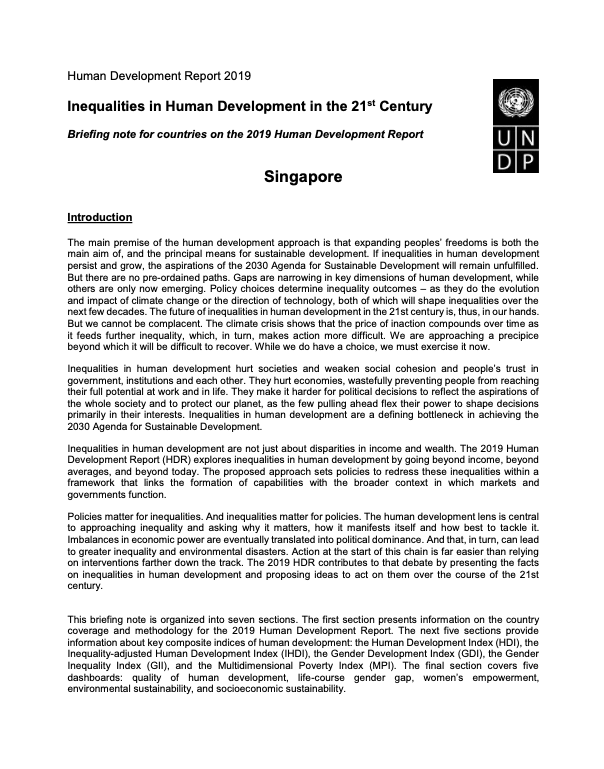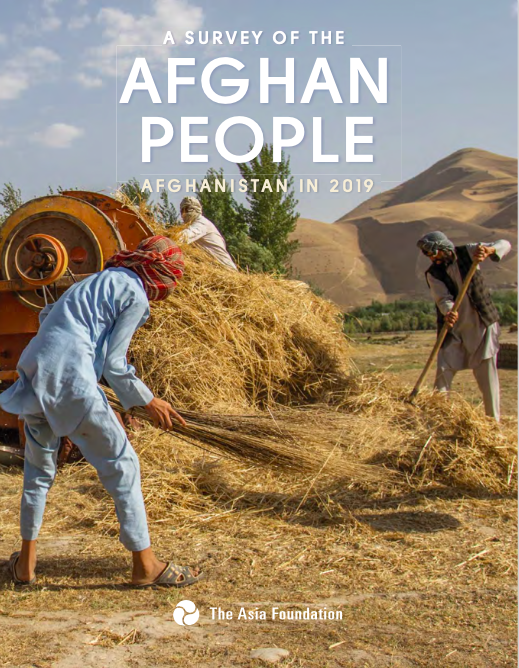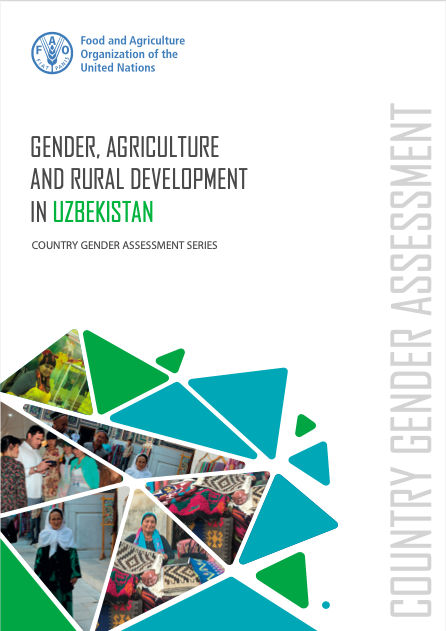The rural youth situation in Latin America and the Caribbean
This article offers a general picture of the situation of rural youth in Latin America and the Caribbean(LAC). The population is described through its demographic dynamics, its socio-economiccharacteristics, the situation of priority groups (women and indigenous peoples) and subjects ofinterest for these particular population groups (use of IT, sexual and reproductive health, violence andsocial participation).





